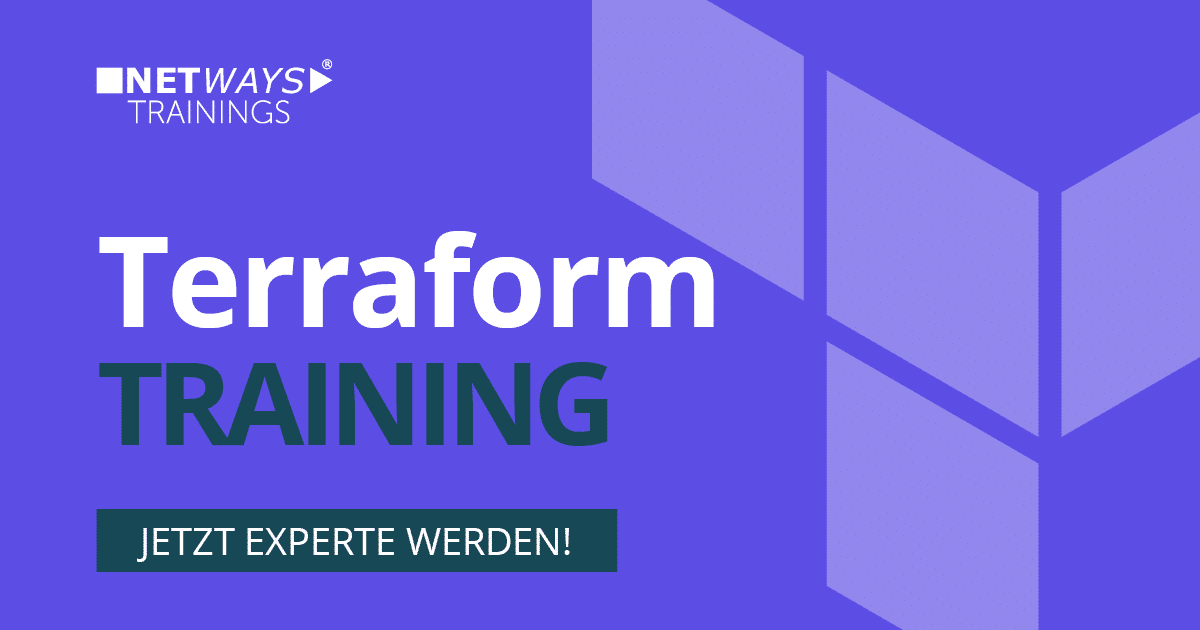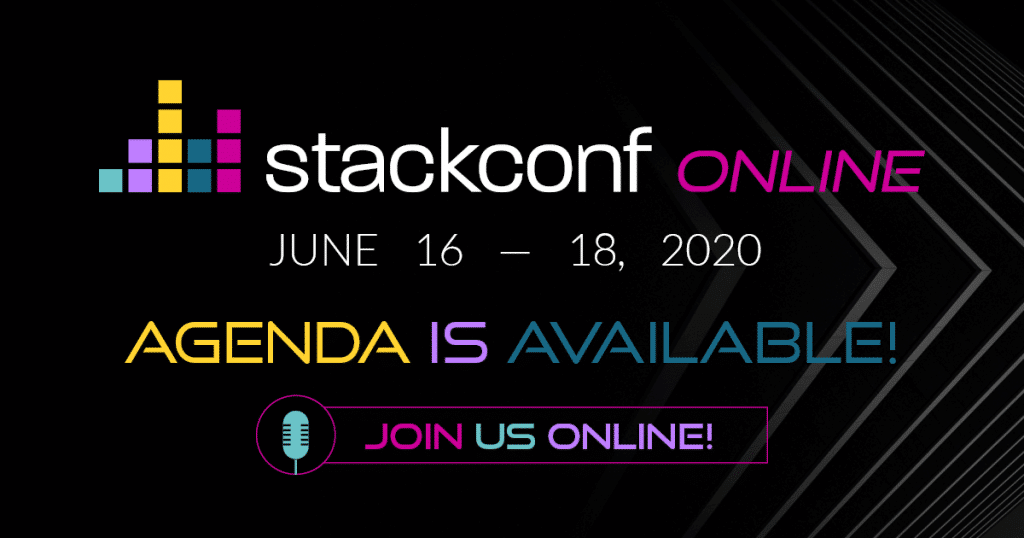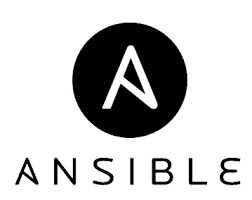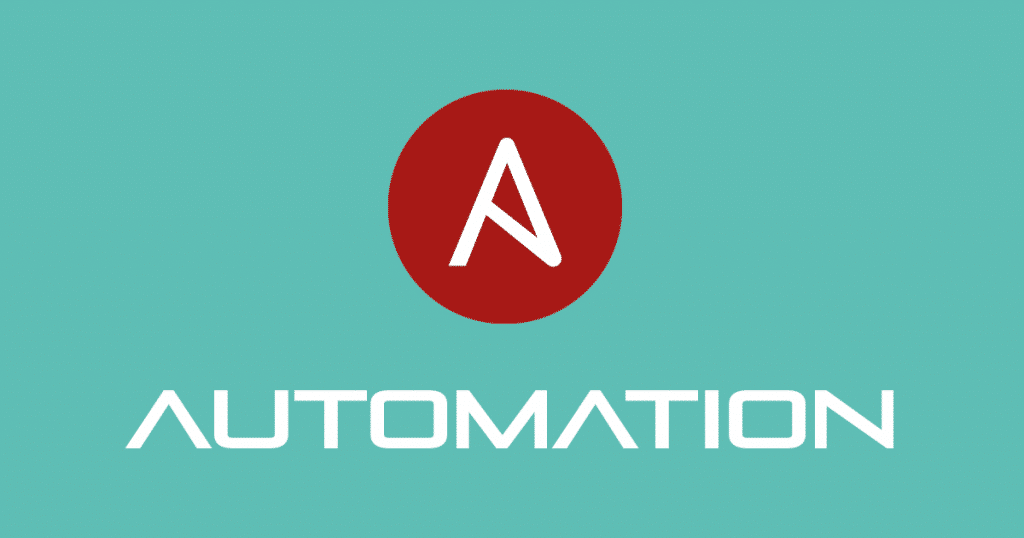Mit dem Infrastructure-as-Code-Werkzeug (IaC) Terraform lässt sich Infrastruktur für Anwendungen in der Cloud automatisiert erstellen und verwalten. Das Tool abstrahiert die APIs unterschiedlicher Anbieter mit sogenannten Providern. So kann die Konfiguration Deiner Infrastruktur revisionssicher dokumentiert und von allen Teammitgliedern gemeinsam genutzt und bearbeitet werden.
Terraform nimmt Administrator*innen und Entwickler*innen viel Routinearbeit ab, erfordert aber eine gute Einarbeitung. Und hier kommen wir ins Spiel: In unserer Schulung lernst Du, wie Du mit Terraform Infrastrukturen sicher und nachvollziehbar erstellen, ändern und verbessern kannst.
Mit der aktuellen Version von Terraform und seiner Konfigurationssprache HCL (Hashicorp Configuration Language) in Version 0.12 hat sich das Vorgehen zur Automatisierung von Cloud-Infrastruktur weiterentwickelt.
Von HCL bis cloud-init
Unsere zweitägige Schulung beginnt mit einer Einführung in HCL. Anschließend zeigen wir Dir, wie Du Infrastruktur für AWS oder OpenStack wiederverwendbar und idempotent mit Terraform realisierst. Ebenfalls erfolgt eine Einführung in cloud-init, um weitere Software zu installieren und zu konfigurieren.
Folgende Linux-Kenntnisse sind Grundvoraussetzung zur Teilnahme: sicherer Umgang mit der Kommandozeile, ssh und vim bzw. einem alternativen Editor. Bringst Du mit? Na dann, willkommen zur Weiterbildung!
Aktuell haben wir folgende Termine im Angebot:
- Terraform Schulung| Online | 08. – 09. September 2020
- Terraform Schulung| Nürnberg | 08. – 09. Dezember 2020
Unsere Trainer sind nicht nur im Bereich Schulungen tätig, sondern arbeiten regelmäßig in Software- und Kundenprojekten. Wir wissen, worauf es ankommt und teilen unser Wissen gerne – für Deinen Erfolg!
Erfahre hier mehr zur Terraform Schulung und melde Dich an!






















